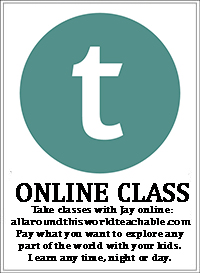This week in class we visit Kazakstan, a landlocked Central Asian nation that is physically larger than Western Europe but has less than twenty million people. For a thousand years the Kazakh people were nomads who traveled with their livestock back and forth on the wide-open steppe. By the 16th century, Kazakh tribes united to form a distinct Kazakh people with their own language and culture. In the mid- 20th century the Soviet integrated Kazakhstan into the USSR, forcing hundreds of thousands of Kazakhs out of the nation and millions of non-Kazakhs in. Kazakhstan was the last former Soviet republic to declare independence, which it did in 1991.
We also spend some time in class this week in Western China — specifically in the Xinjiang Autonomous Region, and, even more specifically, with the Uyghurs.
Some spell it “Uyghur,” others spell it “Uighur,” some do a little of both. All spellings lead to the same basic pronunciation — “”wee-gar” — and the same several thousand year history of the same fiercely independent people. Most Uyghurs live in the Xinjiang Autonomous Region, which Uyghurs who are eager for political independence from China refer to as “East Turkestan.” Over the last few years international attention has focused on Xinjiang, with international human rights organizations accusing China of severely mistreating the Uyghur people.
Uyghur culture is as ancient and rich as Uighur history. In music class we largely dispense with the politics and enjoy some of images, music and language from Western China.





Comments are closed.